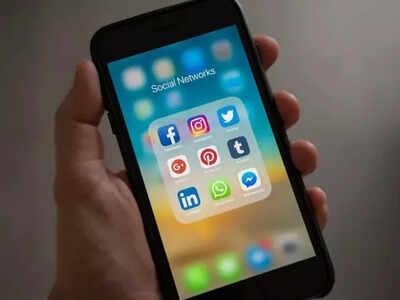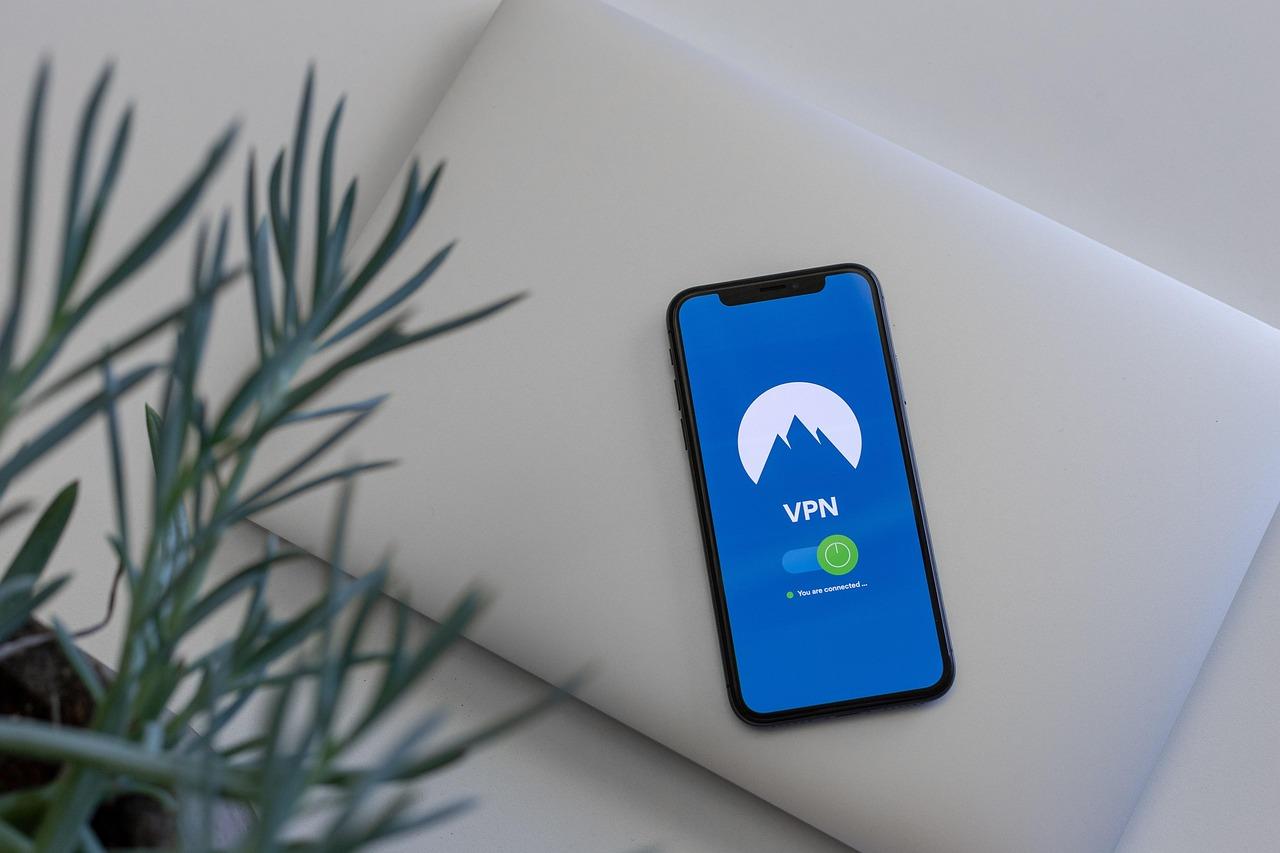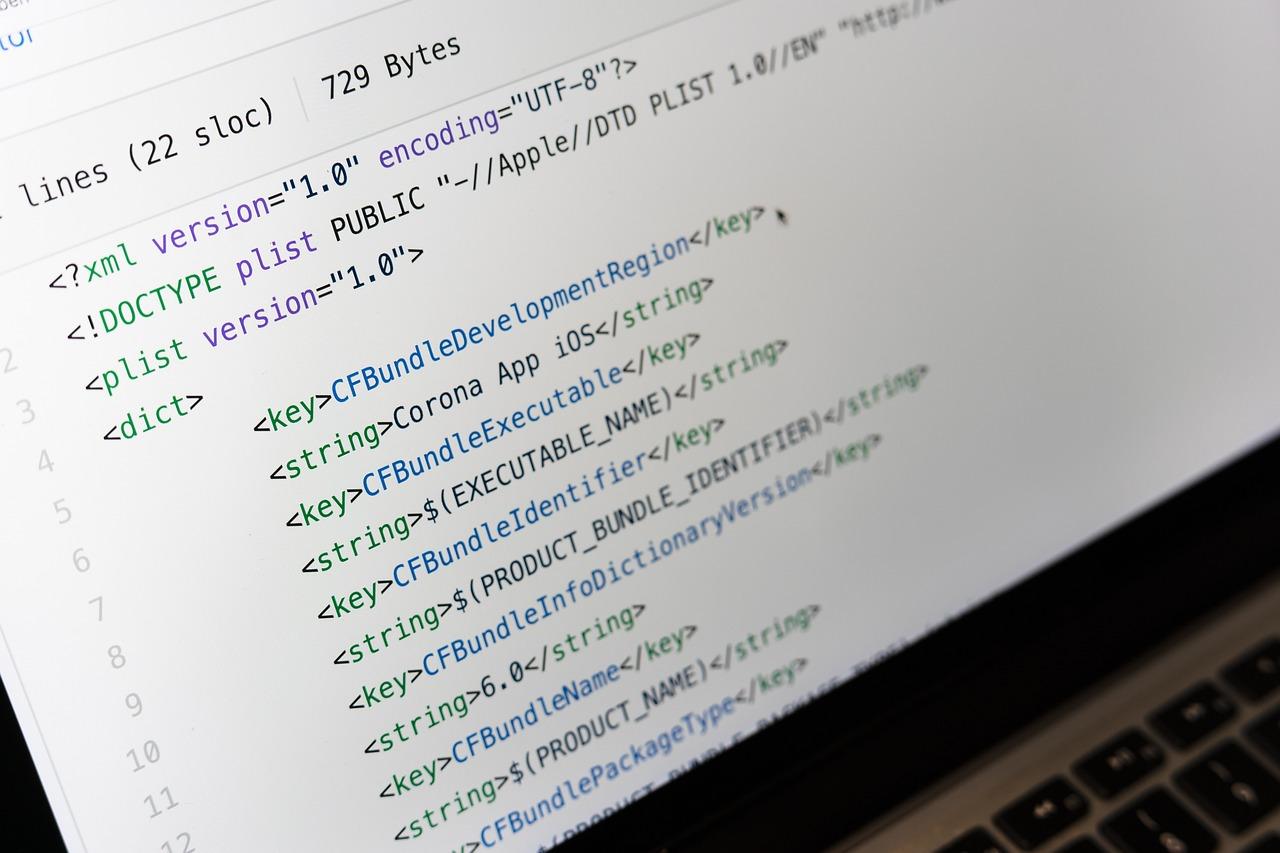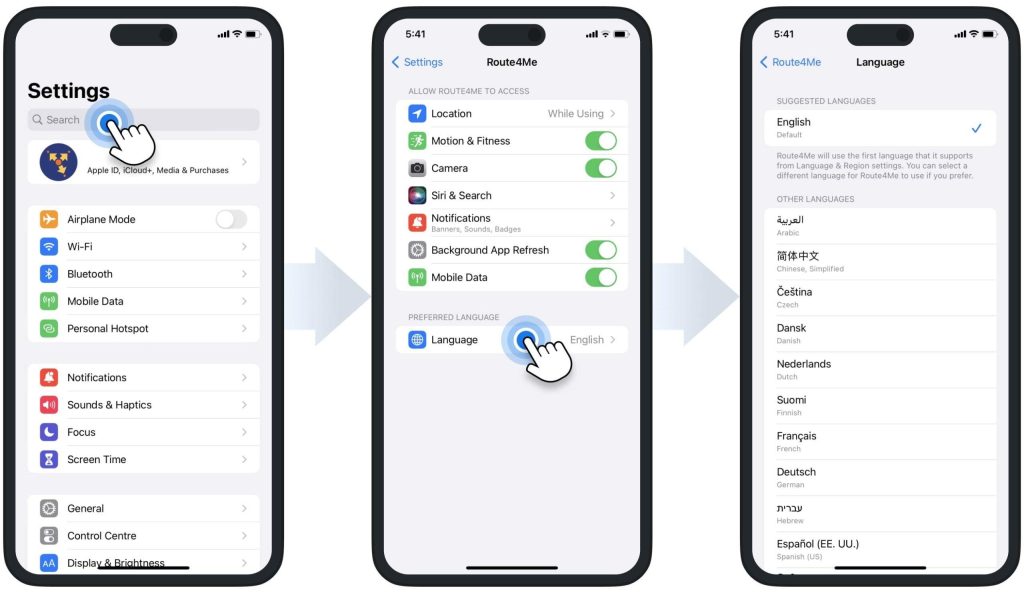In the vast digital marketplace of mobile apps, where choices are abundant and attention spans fleeting, the preferences of users can reveal intriguing patterns. Among smartphone enthusiasts, a subtle divide emerges: iPhone owners tend to be more selective when it comes to the apps they welcome onto their devices, while Android users often display a broader, more experimental approach. What drives this difference in pickiness? Is it a reflection of platform culture, ecosystem design, or user expectations? Exploring the nuances behind these contrasting behaviors offers a window into how technology shapes our habits-and how we, in turn, shape our digital lives.
iPhone Users Demand Seamless Quality and Intuitive Design
iPhone users consistently expect apps to blend flawless functionality with an elegant interface. Their preference leans heavily towards applications that offer smooth animations, quick responsiveness, and a design language that aligns perfectly with Apple’s aesthetic standards. This demand for intuitive design isn’t just about appearance; it directly translates to the way users interact with the app, seeking minimal effort to navigate and maximum clarity in functionality. Developers striving to win over the iOS audience must prioritize user-centered design that feels both familiar and refreshing.
In comparison, Android users often exhibit more flexibility regarding app aesthetics but similarly value stability and performance. To illustrate the key differences in priorities, consider the table below, which outlines what drives user satisfaction across both platforms:
| Aspect | iPhone Users | Android Users |
|---|---|---|
| Interface Consistency | Essential | Moderately important |
| Performance | Highly prioritized | Highly prioritized |
| Customization Options | Limited preference | Highly valued |
| Security Perception | Crucial | Important |
| Design Innovation | Must feel polished and refined | Room for experimental design |

Understanding the Role of Brand Loyalty in App Selection
When it comes to app selection, brand loyalty deeply influences user decisions, especially among iPhone owners. They tend to seek apps that not only offer functionality but also align with Apple’s polished ecosystem and design standards. For these users, the familiarity and perceived quality tied to the Apple brand often means they are more discerning-they prefer apps that maintain a consistent user experience, seamless integration, and adhere strictly to privacy and security protocols. This creates a sort of “quality filter,” pushing developers to meet elevated standards before gaining approval from the loyal iPhone community.
In contrast, Android users typically exhibit more flexibility. The diverse range of device manufacturers under the Android umbrella means users are exposed to a wider variety of apps, including experimental and niche options that may not fit Apple’s stringent guidelines. Here is a quick comparison of factors influenced by brand loyalty:
| Factor | iPhone Users | Android Users |
|---|---|---|
| App Quality Expectation | High | Medium |
| Willingness to Try New Apps | Selective | Open |
| Preference for Ecosystem Integration | Strong | Variable |
Ultimately, brand loyalty drives iPhone users to prioritize trust, polish, and ecosystem harmony, resulting in a more curated app experience. Android users, meanwhile, embrace variety and experimentation, leading to a broader, albeit less filtered, app selection process.

How Privacy Concerns Influence iPhone App Preferences
When it comes to downloading apps, iPhone users consistently demonstrate a heightened caution rooted deeply in privacy concerns. The strict App Store guidelines and the transparent privacy labels Apple enforces have empowered users to make more informed choices. As a result, they tend to scrutinize permissions requested by apps, often opting out of those demanding excessive data access. This careful evaluation reflects a broader consumer shift toward valuing data control and digital boundaries, making privacy not just a feature, but a critical factor in app selection.
Several key factors shape these preferences, including:
- Data transparency: Clear insights about what data is collected and how it’s used.
- Minimal permission requests: Apps that ask only for essential access score higher trust.
- Reputation and developer accountability: Well-known developers with privacy-first policies tend to attract more downloads.
| App Category | Privacy Impact | Preferred by iPhone Users? |
|---|---|---|
| Social Media | High – extensive data sharing | Often avoided |
| Finance | Medium – sensitive financial info | Highly preferred |
| Health & Fitness | High – personal health data | Moderately preferred |

Strategies for Developers to Meet the High Expectations of iPhone Owners
To captivate the discerning eyes of iPhone users, developers must prioritize sleek design and seamless performance. Apple’s ecosystem emphasizes fluid animations, intuitive gestures, and pixel-perfect interfaces that elevate user experience beyond mere functionality. Incorporating native iOS features such as Face ID, Haptic Touch, and the latest SwiftUI components can dramatically increase an app’s appeal. Another crucial strategy is optimizing app speed and responsiveness to ensure minimal load times and smooth transitions, addressing the impatience of users accustomed to premium devices.
Beyond design and speed, understanding user expectations means rigorous testing across diverse iPhone models and iOS versions to maintain consistency. Developers should also embrace regular updates and proactive bug fixes, as iPhone owners expect apps to evolve in tandem with software releases. Consider the following checklist for successful iPhone app development:
- Leverage Apple Human Interface Guidelines for UI/UX alignment
- Implement face and touch biometrics to enhance security and user flow
- Optimize battery consumption for extended device longevity
- Integrate with native apps and services like Siri and Apple Pay
- Provide seamless offline capabilities to ensure usability anytime
| Key Focus | Why It Matters | Developer Tip |
|---|---|---|
| UI polish | Reflects premium brand feel | Use native UI elements and animations |
| Performance | Reduces user frustration | Profile and optimize critical code paths |
| Security | Builds trust with users | Implement Face ID/Touch ID authentication |
Key Takeaways
In the ever-evolving landscape of mobile technology, the subtle differences between iPhone and Android users continue to shape the app ecosystem. iPhone owners’ discerning nature when selecting apps not only reflects their desire for quality and seamless experiences but also underscores the unique relationship they have with their devices. Meanwhile, Android users’ broader openness invites a diverse array of innovations and experiments. Ultimately, this dynamic interplay ensures that both platforms keep pushing the boundaries, all while catering to the distinct tastes of their communities. Whether you’re an iPhone enthusiast with a refined palate or an Android adventurer eager to explore, there’s no shortage of apps ready to enrich your digital world.

